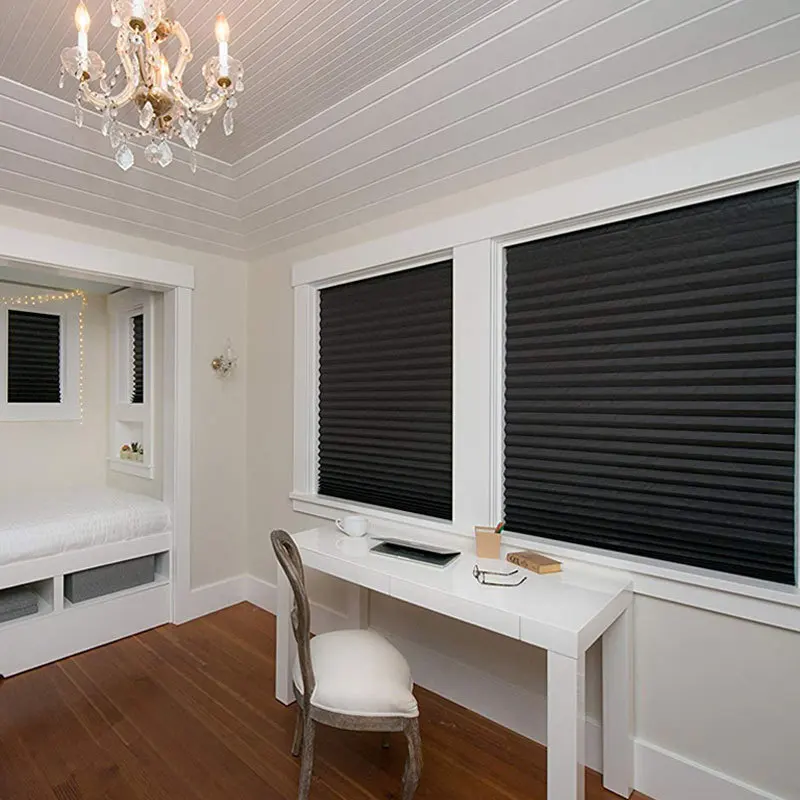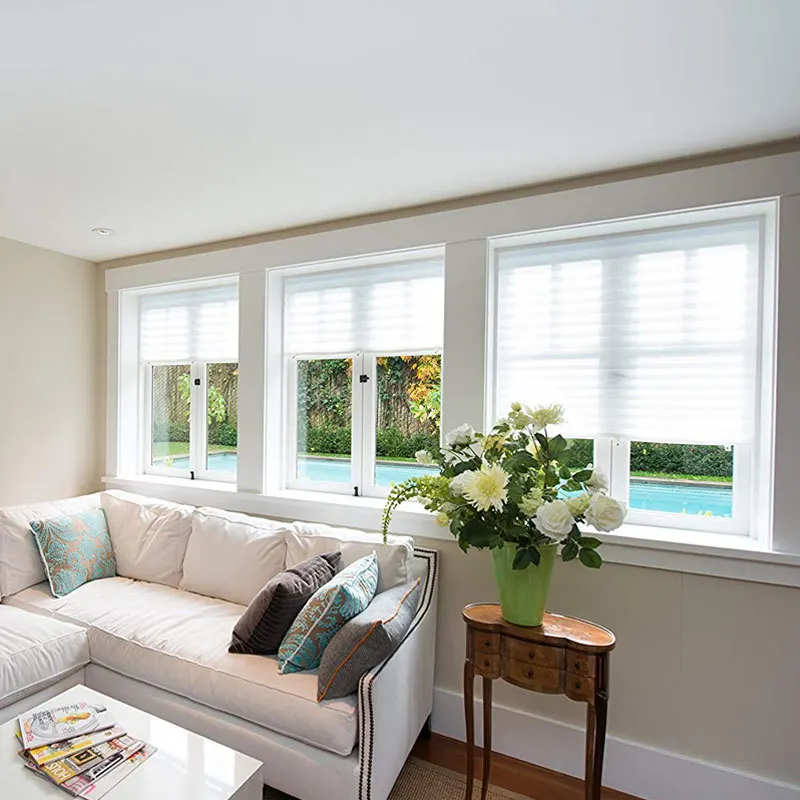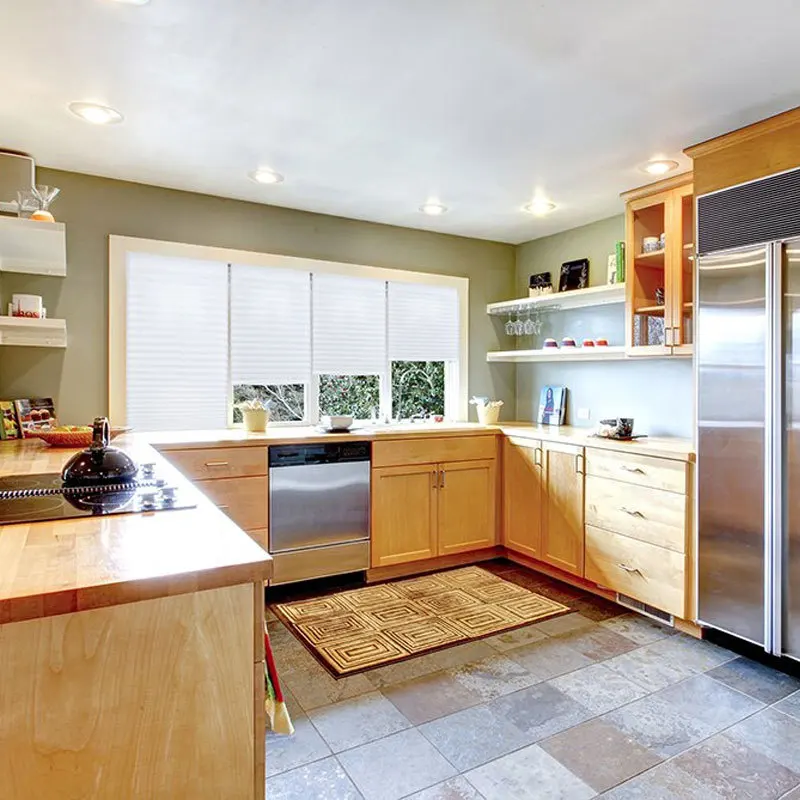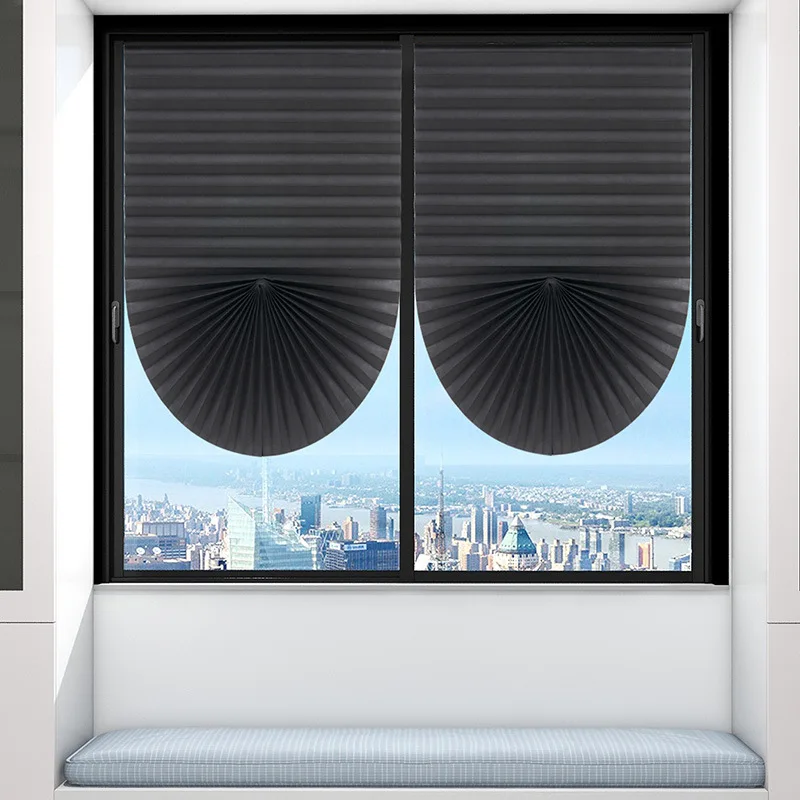Blinds are a vital part of home decor, serving the dual purpose of controlling natural light and maintaining privacy. However, like any household item, blinds can suffer wear and tear over time, leading to issues that require repair. Instead of replacing your blinds immediately, you can often fix common problems with a bit of DIY effort. This comprehensive guide provides step-by-step instructions for DIY solutions to fix broken blinds, saving you both time and money.

Identifying the Problem: Common Issues with Blinds
Before diving into the repairs, it is crucial to identify the specific problem with your blinds. Blinds come in various styles—venetian, vertical, roller, and cellular, to name a few—and each type has its own set of common issues. Some of the most frequent problems include:
- Broken or Bent Slats: These can occur due to forceful handling, heavy objects leaning against the blinds, or pets and children.
- Malfunctioning Tilt Mechanism: This prevents the slats from tilting open or closed properly, affecting light control.
- Frayed or Snapped Cords: Over time, the lift cords can fray or snap, making it difficult or impossible to raise or lower the blinds.
- Stuck or Jammed Blinds: Blinds that won’t open, close, or move smoothly can be due to misaligned mechanisms or accumulated dirt.
Understanding the nature of the problem is the first step towards an effective DIY repair solution. Identifying the issue correctly will help you gather the appropriate tools and materials for the fix.
Gathering Necessary Tools and Materials
Once you’ve identified the problem, the next step is to gather the tools and materials needed for the repair. Having everything on hand will make the process smoother and more efficient. The basic tools and materials you may need include:
- Screwdrivers (flathead and Phillips)
- Needle-Nose Pliers
- Replacement Slats or Clips
- Replacement Cords or Tilt Mechanism
- Utility Knife
- Measuring Tape
- Scissors
- Hot Glue Gun
- Tweezers
- Pencil or Marker
Depending on the problem and the type of blinds, you may require additional specialized tools or replacement parts. Make sure to check the specific requirements for your blind type and problem before you start the repair.
Fixing Broken or Bent Slats
Broken or bent slats are one of the most visible and common problems with blinds. Here’s how to fix them step-by-step:
- Remove the Blinds: Start by taking the blinds down from the window. Most blinds have brackets that can be opened using a flathead screwdriver. Once the brackets are open, you can lift the blinds off the mounting hardware.
- Locate the Damaged Slat: Lay the blinds flat on a work surface. Identify the broken or bent slat that needs to be replaced.
- Remove the Damaged Slat: Unwind or cut the lift cords that hold the slats in place. Carefully slide out the damaged slat from the ladder strings. If you’re fixing a bent slat, gently bend it back to its original shape using your hands or pliers.
- Replace with a New Slat: Insert the new slat by threading it through the ladder strings in the same position as the old one. Make sure it’s aligned correctly with the other slats.
- Secure the Slats: Rethread the lift cord through the slat’s holes and tie a knot at the end to secure it. If you cut the cord, you may need to replace it entirely.
- Reinstall the Blinds: Once the slat is replaced and secured, you can rehang the blinds back onto the window bracket. Ensure they are properly aligned and secure.
This method ensures that your blinds look as good as new, and you won’t have to replace the entire set.
Repairing the Tilt Mechanism
A malfunctioning tilt mechanism can prevent your blinds from opening and closing properly. Fixing it often involves accessing the headrail where the mechanism is housed:
- Remove the Headrail Cover: Carefully remove the headrail cover by unclipping or unscrewing it. This will expose the tilt mechanism inside.
- Inspect the Mechanism: Check the tilt mechanism for any obvious signs of damage or misalignment. Sometimes, dirt or debris can block the mechanism, so cleaning it might solve the problem.
- Remove the Tilt Mechanism: If cleaning doesn’t help, you may need to replace the tilt mechanism. Unhook the tilt rod from the broken mechanism and detach it from the headrail.
- Install the New Mechanism: Insert the new tilt mechanism into the headrail and reattach the tilt rod. Make sure it’s aligned correctly and securely in place.
- Test the Blinds: Before reassembling the headrail cover, test the blinds to ensure the new tilt mechanism is functioning properly. Open and close the slats to check for smooth operation.
- Reassemble the Headrail: Once satisfied with the repair, reattach the headrail cover and secure it with screws or clips.
Repairing or replacing the tilt mechanism restores full functionality to your blinds, allowing precise control over light and privacy.

Replacing Frayed or Snapped Cords
Lift cords can fray or snap due to constant use, rendering the blinds inoperable. Here’s how to replace them:
- Remove the Blinds: As with other repairs, start by taking the blinds down from the mounting brackets and lay them flat on a table.
- Remove the End Caps: Remove the end caps from the bottom rail of the blinds to access the cord mechanisms inside.
- Cut and Remove Old Cords: Carefully cut the damaged cords near the knot inside the bottom rail. Pull out the old cords from the slats and headrail.
- Measure and Cut New Cords: Measure new cords to match the length of the old ones, adding a few extra inches for knots. Use a utility knife to cut the new cords to the desired length.
- Thread the New Cords: Thread the new cords through the slats, starting from the bottom and working your way up to the headrail. Ensure the cords pass through each slat’s holes and the ladder strings.
Fixing Stuck or Jammed Blinds
Blinds can become stuck or jammed due to dirt build-up, misaligned components, or broken mechanisms. Follow these steps to troubleshoot and fix the issue:
- Inspect for Obstructions: Start by inspecting the blinds for any visible obstructions like dirt, debris, or misaligned slats that could be causing the jam.
- Clean the Blinds: Clean the entire set of blinds, including the headrail, slats, and cords, to remove any accumulated dirt. Use a soft cloth, vacuum, or compressed air to clean hard-to-reach areas.
- Adjust and Realign: Check the alignment of the slats, cords, and components. Adjust and realign any parts that appear out of place. Ensure the lift cords and tilt rod are properly threaded and tensioned.
- Lubricate Moving Parts: Apply a small amount of lubricant to the moving parts, such as the tilt mechanism and lift cords, to ensure smooth operation.
- Inspect the Headrail: Open the headrail cover to check for any internal issues like broken gears or tangled cords. Fix or replace any damaged parts.
Preventative Maintenance Tips
Regular maintenance can prevent many common issues with blinds and extend their lifespan. Here are some preventative tips:
- Regular Cleaning: Dust and clean your blinds regularly to prevent dirt build-up. Use a soft cloth, vacuum attachment, or a duster designed for blinds.
- Gentle Handling: Operate the blinds gently to avoid forceful tugs that can damage the cords, slats, and mechanisms.
- Inspect Regularly: Periodically inspect the blinds for any signs of wear, tear, or misalignment. Address minor issues promptly to prevent them from becoming major problems.
- Use Lubricant: Apply a small amount of silicone-based lubricant to the moving parts annually to ensure smooth operation.

Conclusion: Empowering Your DIY Skills
Fixing broken blinds doesn’t have to be a daunting task. With the right tools, materials, and step-by-step instructions, you can address common issues and restore your blinds to their full functionality. By identifying the problem, gathering necessary tools, and following the detailed repair guides provided, you can save time and money while prolonging the life of your blinds.
Whether you’re dealing with broken slats, malfunctioning tilt mechanisms, frayed cords, or stuck blinds, these DIY solutions empower you to tackle repairs with confidence. Regular maintenance and gentle handling further ensure that your blinds remain in top condition, enhancing the comfort and aesthetics of your home. Embrace the satisfaction of DIY repairs and enjoy the benefits of well-maintained blinds in every room of your house.








